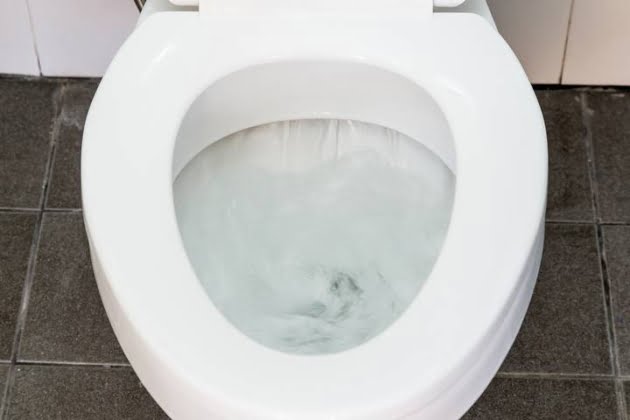After years of use, your toilet might not be running as efficiently as it did in the past. Lately, you’ve noticed that two flushes are necessary to get rid of toilet waste. Following the first flush, you remain stuck in the bathroom with waste that refuses to go down. Or worse, your guest has to battle with the flusher, leading to awkward situations for all parties involved.
Unfortunately, toilet bowls lose their flushing power after a while. Beyond typical wear and tear, a toilet does not flush well when it is clogged. Whatever the cause might be, weak flushers consume gallons of water that can hike your water bill. You may also waste time and feel frustrated while waiting for that second opportunity to flush.
Thankfully, your plumber has the knowledge and expertise to make the toilet flush better. This plumbing professional will employ a variety of methods that can increase the toilet flush pressure. Below are some techniques that plumbers use to make your toilet flush better:
Unclog the toilet to flush better
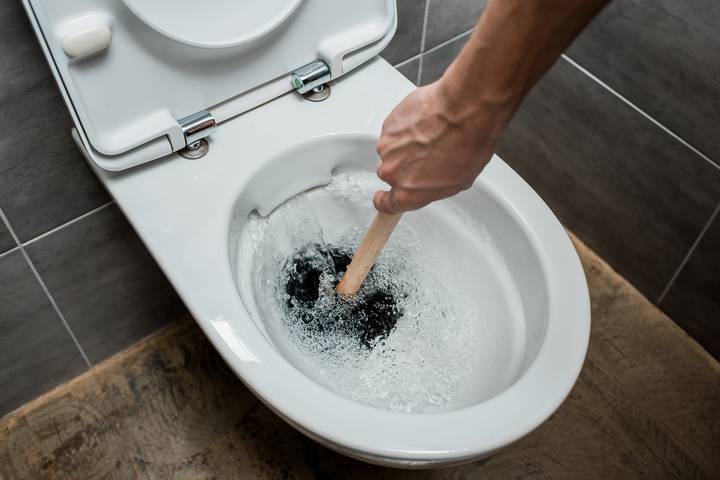
Clogged toilets are easily the biggest culprit behind poor flushing. Sometimes, you get a complete clog, where the bowl does not drain whenever you flush. Otherwise, the partial flush drains the bowl after multiple tries. Either way, both types of toilet clogs can weaken the flushing power, making life stressful for homeowners.
If you suspect a weakened flusher, look out for the draining motion whenever you pull the lever. If the water rises to the top of the bowl before draining, there is a partial clog to remove. Before proceeding, try the bucket test. Pour a bucket of water into the toilet bowl and observe the flushing power. If this doesn’t do the trick, it’s time to bring out the plunger.
Adjust the toilet flapper to flush better
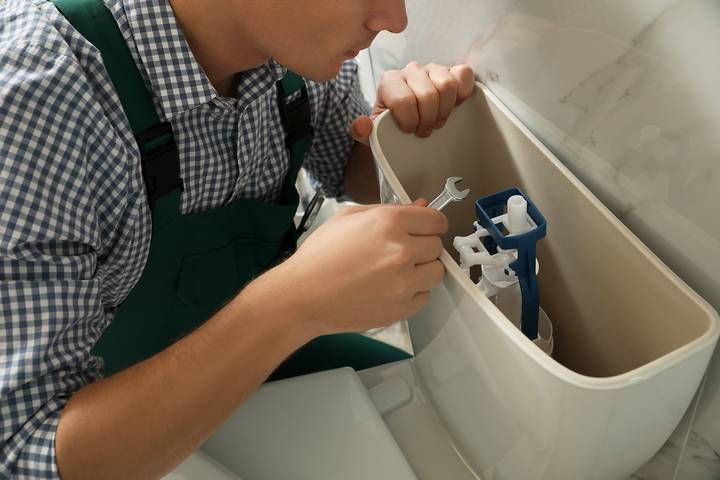
Do you have to press down the handle completely to get a decent toilet flush? Or maybe the flush button feels loose whenever you hold it down. These signs point to a slackened flapper. The flapper is the cup-shaped valve at the bottom of the tank attached to the trip lever by a chain and rod.
After you flush, the rod lifts the chain to allow the flapper to open the water passage. If the chain is too long, the flapper won’t work efficiently. Shorten the slack on the chain to allow easy flow of water into the tank.
Adjust the water level to flush better
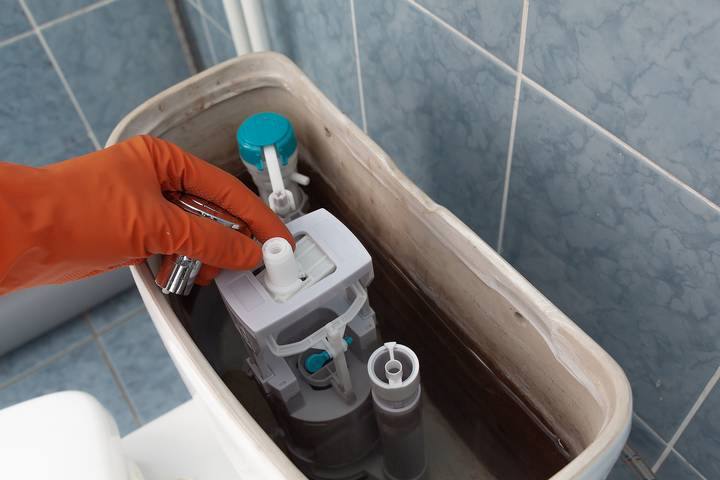
The toilet tank requires a certain amount of water to flush waste. Without the correct water level, you might have a weak or slow flushing system. The water level should sit one inch below the overflow tube in the middle of the tank. The overflow tube is the small tube in the tank. This structure directs excess water to the toilet bowl to prevent overflow.
You will need a screwdriver to fix a low water level. Start by lifting the lid to observe the quantity of water in the toilet tank. If it’s lower than an inch, look for a ball float in the tank. Otherwise, look for a float valve if you have a different model.
For the ball float, turn the screw until the water rises to the correct position. If you have a model with the float valve, turn the plastic screw instead. However, inspect the water pressure in your plumbing system. Sometimes, lower pressure will reduce the water level in the toilet tank.
Clean the toilet rim to flush better
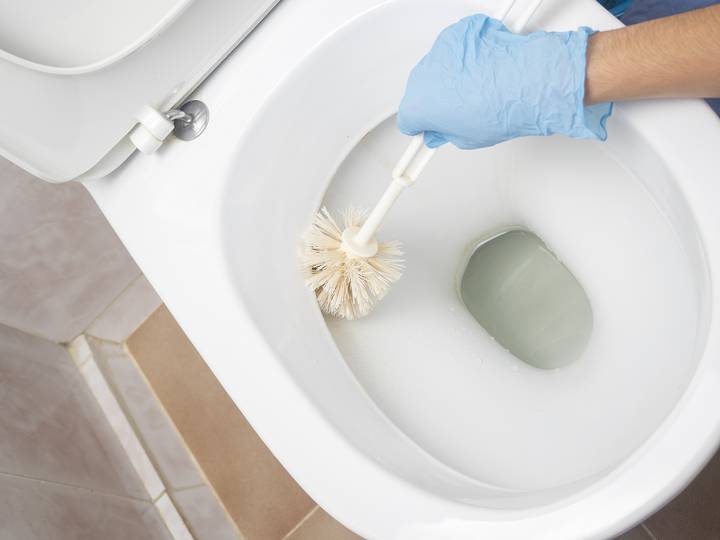
How does water enter the bowl from the tank when you flush? Well, the bowls have multiple holes along the rim that allow the passage of water. They also control the pressure required to flush waste. With open jet holes, dirt and small items accumulate over time. Unfortunately, the rim could weaken the flushing power because of blockage.
After adjusting the water level and unclogging the bowl, spend some time cleaning the jet holes. To begin, turn off the water supply and scrub down the rim. Wear some gloves and unclog the hole with your fingers. Otherwise, use an Allen wrench to free the blockage.
Bacteria can also clog the toilet rims and siphon holes. Calcium particles look harmless, but prolonged deposits will weaken the toilet’s flushing power. For thorough cleaning, turn off the water supply and pour some bleach into the bowl. Let it sit for 15 – 20 minutes and scrub with a brush. Avoid mixing bleach with other household cleaning agents like vinegar to prevent releasing toxic chlorine gas. Use strong gloves while handling this chemical.
Inspect the trip lever
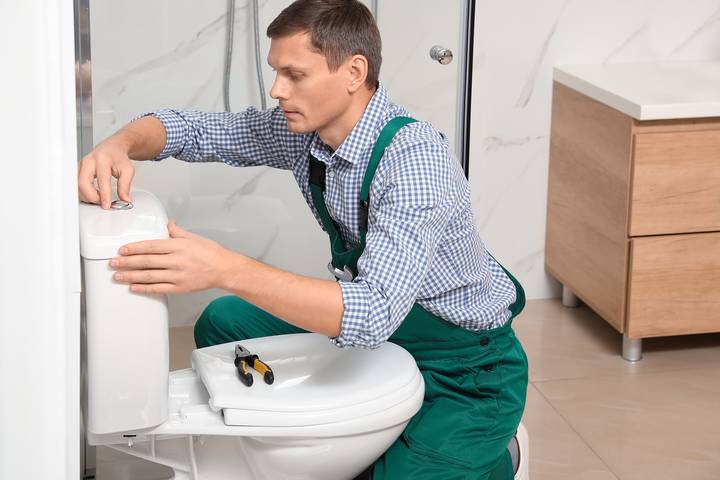
The trip lever is the handle you pull to direct water from the tank to the toilet bowl. It activates the valve and starts the flushing cycle. Trip levers have either metal or plastic parts, depending on the toilet model. However, newer toilet designs have buttons or handsfree flush triggers. Depending on the model, inspect the trip lever to ensure functionality.
A loose lever or button will weaken the flushing power, causing the toilet to not fill with water. Lift the lid and observe all parts of the trip lever for signs of loosening or damage. In case of corrosion, consider replacing the lever entirely.
Replace the toilets
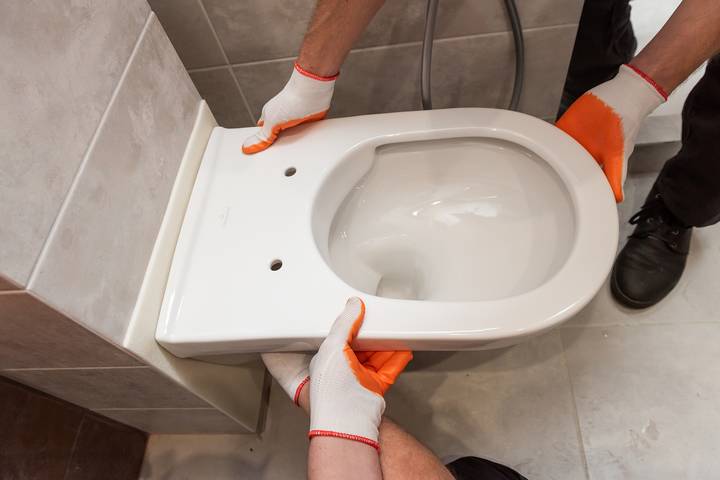
Do you still not have enough water pressure in the toilet? Sometimes, the problem comes down to its original design. Since manufacturers design toilets to save water, older models have lower flushing power compared to newer ones. Modern toilets have plastic tanks with high suction power, which sucks out waste from the bowl while releasing a sufficient water supply.
If you have an older toilet, it might be time for a replacement. Contact your Oshawa plumber to assist you with the installation. Once a new toilet model is in place, flushing will become a swift and efficient activity again!



